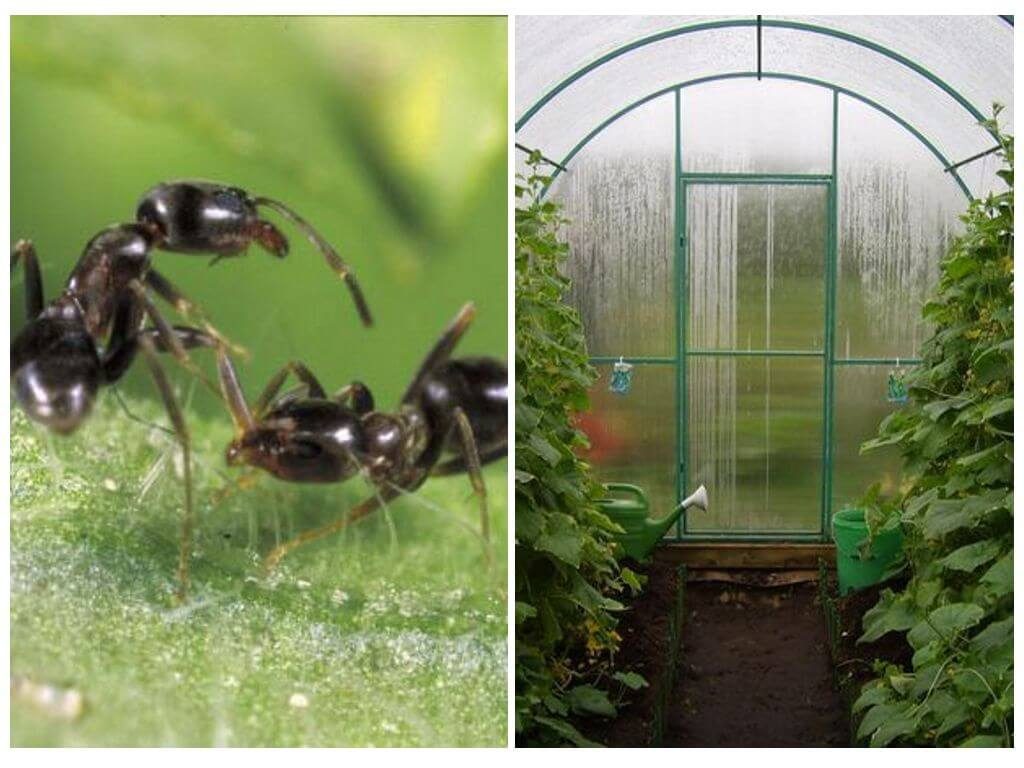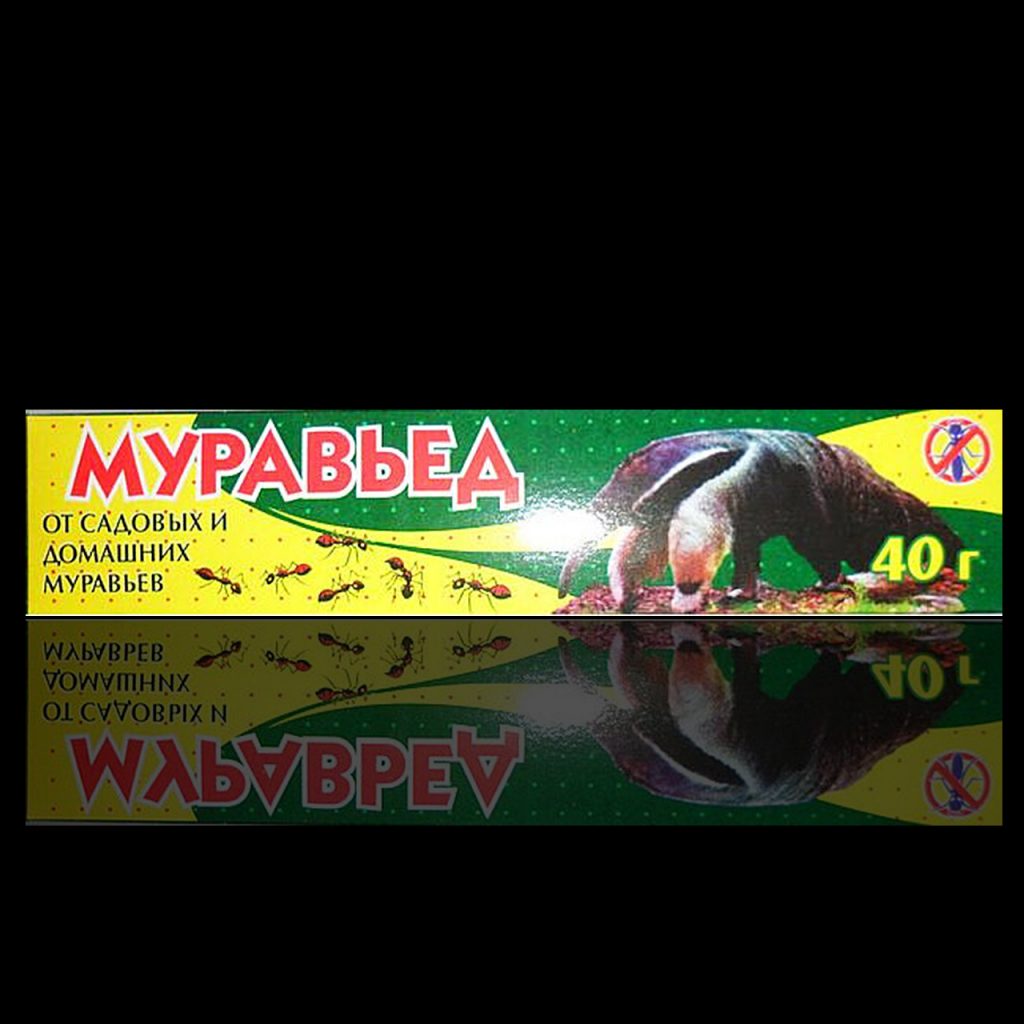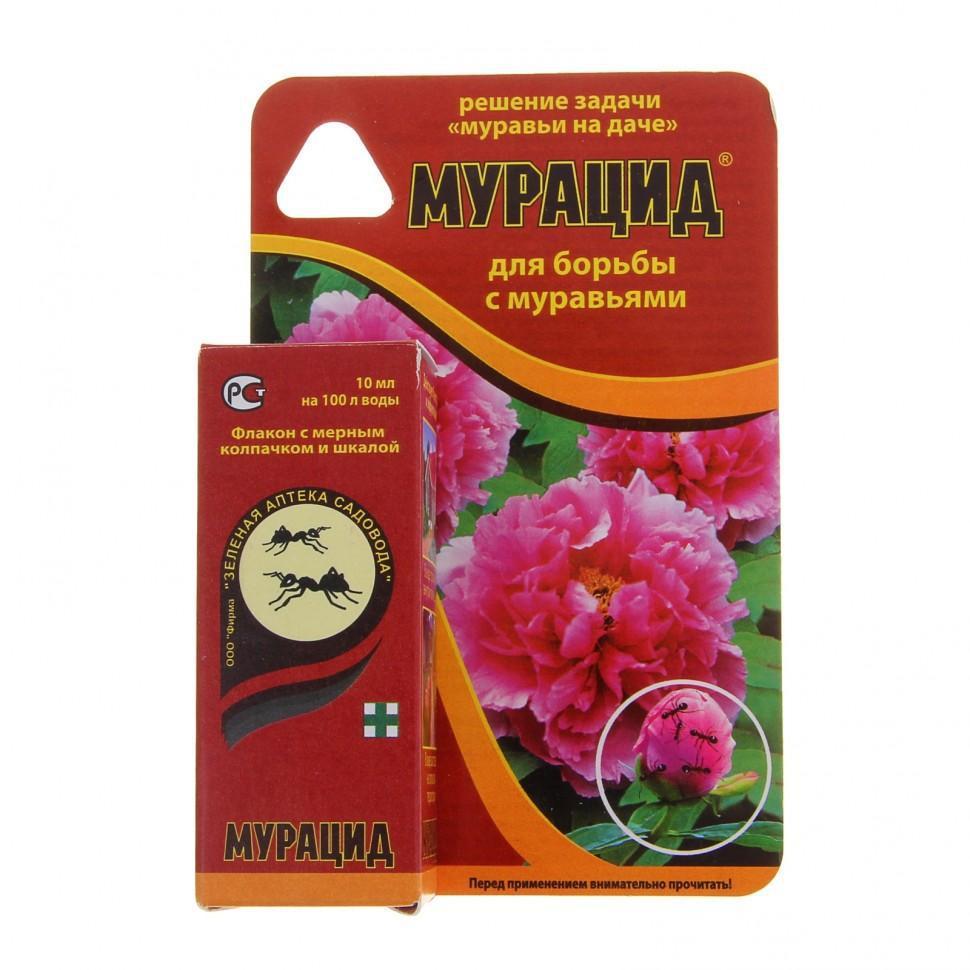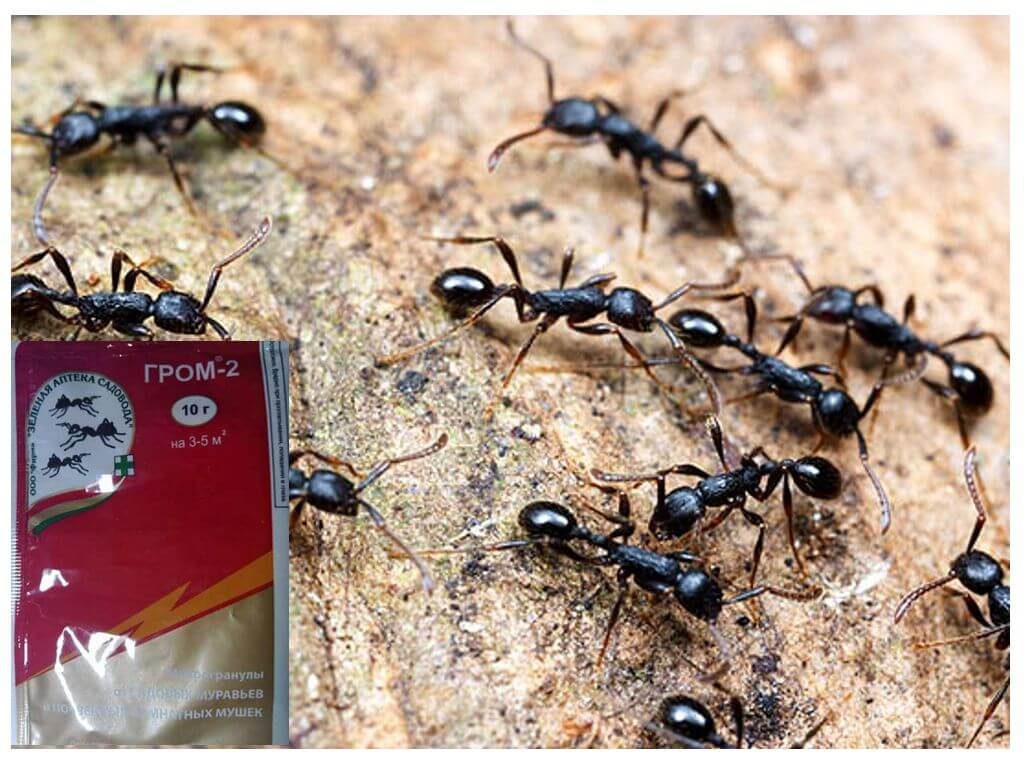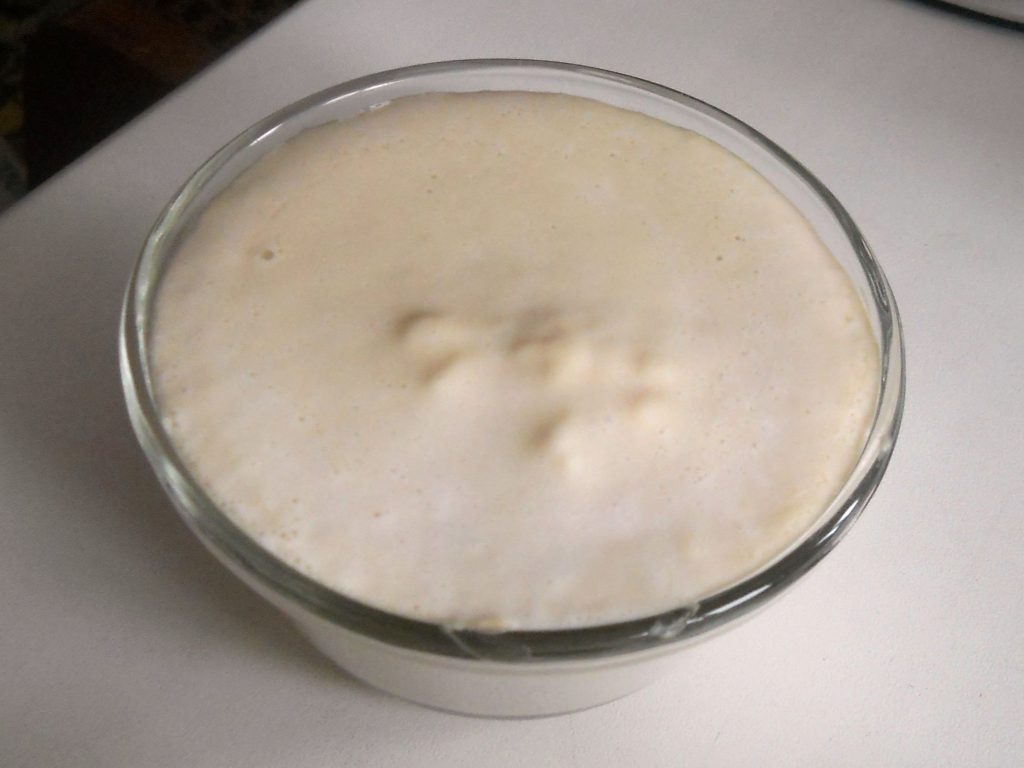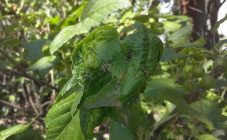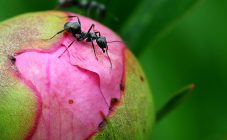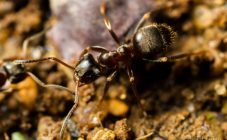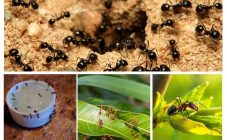Content:
Although it is generally accepted to consider ants as beneficial insects, many gardeners will easily dispute this point of view. Ants, as practice shows, can cause significant harm to plantings, so they should be disposed of.
Ants in the greenhouse: danger
Ants belong to the order of arthropods. They settle in colonies. These insects are characterized by a highly developed ability to build and organize their own life.
In the summer cottages and garden plots of most regions of Russia, three varieties of ants are predominantly common:
- black garden;
- brown meadow;
- red forest.
The first of the listed species is especially common in greenhouses and greenhouses. Gardeners sometimes put a lot of effort into eliminating a colony of hardworking insects on their site before they have time to do much harm.
Fighting ants is necessary for the following reasons:
- insects feed on seeds and plant sprouts, including those that are actively cultivated in greenhouses (for example, cucumber, tomato, pepper, etc.);
- due to the active construction of anthills and the laying of underground passages in them, the root system of crops is disrupted;
- to extract sugar, ants graze colonies of aphids, which settle on greenhouse plants and cause additional damage to them (fruit shrubs especially suffer from aphids);
- ants are carriers of various diseases;
- insects are very aggressive and in hazard situations they spray formic acid, which can cause allergic reactions in humans and their pets.
Long-term practice shows that if harmful insects are not removed in a timely manner, you can lose up to half of the total harvest.
Ant control chemicals
In search of an answer to the question of how to get rid of breeding ants in a greenhouse, most gardeners realize that it is important not only not to let the pest into the greenhouse or greenhouse, but also to completely destroy the anthill. Taking into account the fact that it is not possible to physically remove numerous underground passages dug by insects from the garden plot, chemical preparations are used. Let's consider the most effective of them.
Ant-eater
An inexpensive tool called Anteater, which can be found freely on the market, makes it possible to breed different types of ants. The active substance of this composition is diazinon. The specified component paralyzes insects, after which they die. In addition, contact of an infected ant with congeners is also fatal.
A solution of the drug, diluted in accordance with the manufacturer's instructions, is poured directly onto the anthill. To enhance the effect, it is recommended to pre-open the latter.
Muravyin
Another effective chemical agent through which effective insect control can be carried out is Muravyin granular bait. The bed on which the ants were seen is sprinkled with a product (with the obligatory introduction of granules inside the anthill to a depth of about 2 cm). If you use Muravyin in accordance with the manufacturer's recommendations, it will not cause the slightest harm to plants. The mechanism of action of the composition on the insect is contact-intestinal. Usually, one treatment is enough to completely destroy the pests. Muravyin's consumption is from 20 to 30 grams per 10 square meters.
A feature of the product is that it is effective not only with ants, but also with other harmful insects.
Muracid
The remedy Muratsid will help in the fight against ants. It infects the insect's intestines and its nervous system, as a result of which the insect dies. For ease of use, the manufacturer produces the composition in ampoules with a dispenser, which greatly simplifies the work with the drug. The composition is diluted at the rate of 1 ml per 10 liters of water. Insects should be poisoned in places where they accumulate, including in dug anthills. It is allowed to put the product in the bait.
Complete death of ants is observed within 2-4 days after application of the composition.
Summer resident
A universal remedy Summer resident helps to fight not only harmful insects, but also rodents. The composition is based on phyto-substances with essential oils that effectively repel pests. The planted seedlings will not be affected in any way by this gentle yet effective preparation. The summer resident is sold ready-made in the form of a spray, which should be sprayed on every plant occupied by ants and beds.
Thunder-2
The preparation for the destruction of garden ants and midges Grom-2 is sold ready-to-use (it does not need to be diluted with water). The product consists of microgranules, which, according to the manufacturer's recommendation, must be laid out in pre-made grooves. Lightly sprinkle the granules on top with soil. The death of insects after processing the beds in greenhouses and hotbeds occurs on average within two days.
Folk remedies for fighting ants
Not all gardeners are ready to use aggressive and not always safe chemicals in order to protect millet or a cucumber greenhouse from ants.
The answer to the question, how to get rid of ants in the greenhouse, can be found without the use of chemistry. There are many popular ways to get rid of pests. The main condition is that you need to be patient and act in a systematic and planned manner.
Boric acid
Ants commonly used by gardeners, such as diesel fuel, kerosene and baking soda, do not work on ants. Therefore, it is useless to use them. It is better to make baits based on boric alcohol or boric acid. You can prepare the composition without much difficulty at home. To do this, you will need to mix minced meat with boric acid in a ratio of 1 teaspoon of the second per 100 grams of the first. Both ingredients must be thoroughly mixed and made into small balls from the "modified" minced meat. They will need to be laid out inside the greenhouse next to the anthill. Within a couple of weeks, the ant population, if not completely disappeared, will significantly decrease.
Sugar syrup can be used instead of minced meat.
In this case, the ratio of the components should be as follows:
- 50 g of sugar;
- 50 g of water;
- 5 g of boric acid.
The resulting sweet mixture is poured into small bowls and placed in close proximity to the anthill.
Vinegar with vegetable oil
Another popular way to fight ants involves the use of vinegar. For the manufacture of the product you will need: vinegar 9% and vegetable oil are mixed in equal proportions and the nests of insects are poured with the resulting composition. Practice shows that pests disappear after three days.
Infusions of odorous plants
Ants do not tolerate strong odors.
Accordingly, the garden plot should be periodically sprayed with infusions of the following plants:
- mint;
- ground cinnamon;
- cloves;
- parsley;
- bird cherry;
- sagebrush;
- sour lemon, etc.
Infusions from the above indicated plants are prepared in approximately the same way. About 400 g of dry raw materials are taken, brewed with a small amount of boiled water and infused for a day.
Yeast with honey
A mixture of brewer's yeast with honey can also help fight harmful insects. The ants, being sweet tooth, will instantly react to it. As a result, eating "dessert" will lead to their death. You can substitute honey for any fruit jam with sufficient sugar.
Garlic
To end the conversation about home remedies for removing ants from the greenhouse, mention a remedy such as garlic. The pounded vegetable should be mixed with sawdust and spread out in places where pests accumulate and move.
Agrotechnical methods of struggle
When destroying a colony of ants in a greenhouse, it should be remembered that a completely insignificant number of ants in a greenhouse cannot harm the crop. On the contrary, it can even be useful. In search of food and other prey, the ants will loosen the top layer of the soil, enriching it with trace elements and providing additional oxygen access to the roots.
Preventive measures
Practice shows that it is easier to prevent any problem than to deal with its consequences later. The situation is exactly the same with ant colonies.
To reduce the likelihood that ants will choose a greenhouse for organizing an anthill, it is often enough to follow the following simple tips:
- all stumps, boards and logs should be removed from the site, since it is such places that insects often choose as their home; it should be remembered that ants live in one place, and can feed in another, therefore rotten boards located at the other end of the cottage can easily be the source of the problem;
- do not store anything unnecessary in the greenhouse or greenhouse itself;
- make it a habit to loosen the soil on a regular basis;
- carefully dig up the soil in greenhouses and greenhouses in the spring and before the onset of cold weather;
- fight aphids; often the removal of aphids forces the ants to leave their homes, but it is quite likely that insects will bring new aphids so that they produce a sweet substance necessary to feed their congeners; taking into account the above, the control of both types of pests should be carried out in parallel;
- spill the earth with boiling water before planting; if we are talking about an old colony (usually they manage to take root in a greenhouse or greenhouse, if they are not used for a long period of time), it is additionally recommended to use a special solution: add a spoonful of soda and about 30 grams of linseed oil to a liter of water;
- kill the uterus - this will force the rest of the colony to scatter;
- sprinkle ant paths on the surface and passages into the ground with soda, lime or ash.
When starting to combat pests, it is necessary to understand that it is extremely rare to destroy the entire population living in a greenhouse structure at a time. Especially if you refuse to use aggressive and unsafe chemicals. For this reason, measures to eliminate the existing problem should be systematic.
If you have tried many methods, but none of them brought a positive result, you can always turn to professionals for help. They will not only get rid of insects in the shortest possible time, but also tell you where you can expect problems in the foreseeable future.
